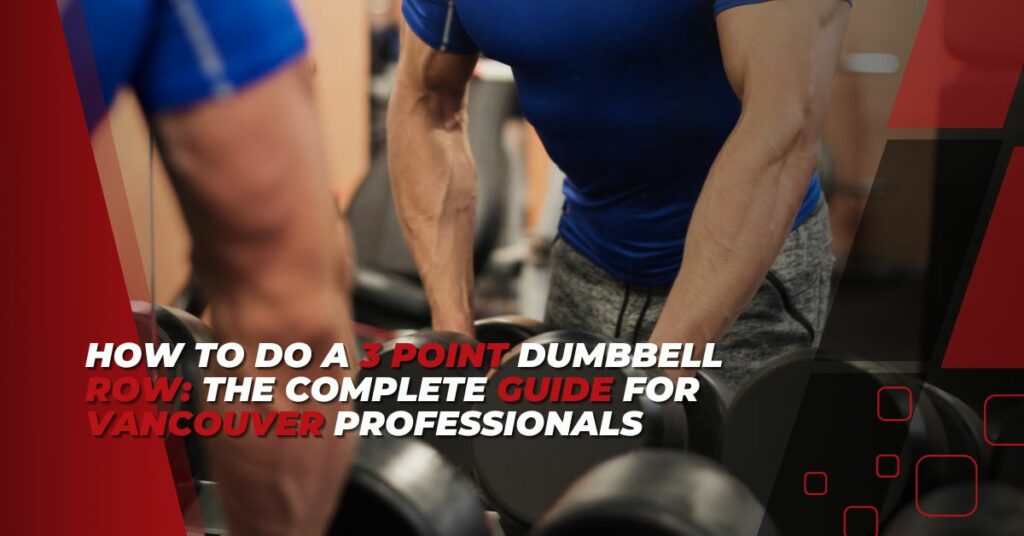
How to Do a 3 Point Dumbbell Row: The Complete Guide for Vancouver Professionals
Hey, Vancouver’s go-getters and 9-to-5 warriors! Do you find yourself lost in the sea of back muscle workouts, not sure which exercise will give you the gains and posture you yearn for?
Let me introduce you to the 3-Point Dumbbell Row. This isn’t just another entry in your list of dumbbell exercises; it’s your key to unlocking a powerful, well-balanced upper body.
Consider this—less than one in five Canadian adults met the Canadian Physical Activity Guidelines, according to a report from Statistics Canada.
You’re a professional; you value efficiency and effectiveness in the boardroom, so why not in the gym?
Hey, it’s Troy from T-Squared Vancouver Personal Training. If you’re hunched over your computer all day, you likely suffer from back pain, a weak core, and a lopsided posture.
But I’m not here to agitate your fears. I’m here with a solution that’s geared towards not just alleviating your woes but propelling you into a league of extraordinary fitness.
So why settle for less when you can have the best?
What is a 3-Point Dumbbell Row?
Forget everything you thought you knew about traditional dumbbell rows.
The 3-Point Dumbbell Row is a distinct breed that places you in a tripod stance—two feet on the ground and one hand on a bench.
It’s a symphony of strength training tips and proper weightlifting form, an exercise that blends core stability exercises and resistance training benefits into a single, fluid motion.
For this exercise, you’ll need a flat bench or any elevated surface that can support your weight.
If you’re working out at home, a sturdy table can serve as a makeshift bench.
Dumbbells are non-negotiable, but their weight and type (hex, adjustable, or rubber-coated) are up to you.
The muscles worked during this row include your lats, middle traps, rhomboids, and even your biceps and forearms to some extent.
So yes, it’s as comprehensive as it gets.
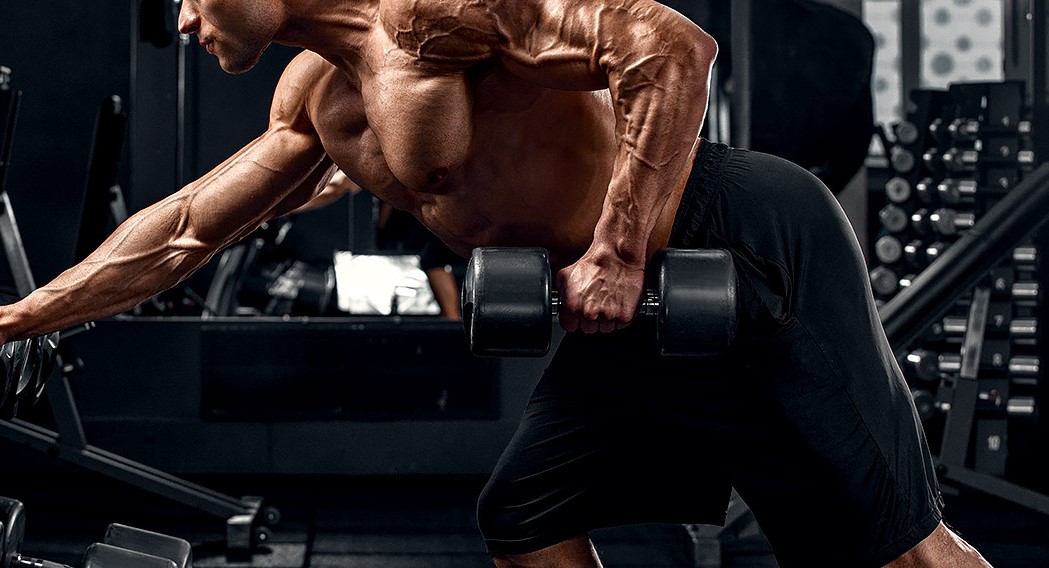
Benefits of 3-Point Dumbbell Rows
When it comes to fitness equipment safety and effectiveness, the 3-Point Dumbbell Row is the triple-threat you never knew you needed.
1. Targeted Back Strengthening
The 3-Point Dumbbell Row zeroes in on key muscles in your back like a hawk spotting its prey.
Unlike machines that isolate muscles, this move recruits multiple back muscles, offering you a more holistic approach to back muscle workouts.
2. Improved Core Stability
Think of this as a two-for-one special.
While you’re pulling that dumbbell, your core is engaged, providing a dynamic stabilizing effect that traditional core stability exercises can’t quite replicate.
3. Progressive Overload Friendly
Ready to make serious strength gains in weightlifting? This exercise is easily adjustable.
You can up the weights or the reps as you grow stronger, adhering to the principles of progressive overload.
4. Impeccable Weightlifting Posture
One of the often overlooked resistance training benefits is posture improvement.
Because the exercise mandates strict form, it teaches you to maintain a neutral spine, which translates into better weightlifting posture in other exercises like bench press technique and deadlifts.
5. A Balanced Routine
This is an upper-body workout that fits seamlessly into any balanced workout routine.
Alternate it with chest exercises like bench press and core stability exercises to ensure an all-rounded approach to fitness.
Now, that’s what I call a win-win-win-win-win. Am I right, or am I right?
Preparing for the Exercise
Before you jump into the 3-Point Dumbbell Row, let’s set the stage right for success.
Warming up isn’t just some antiquated gym ritual; it’s a vital precursor that prepares your muscles for the heavy lifting ahead.
You can opt for dynamic stretches that mobilize the back and shoulders or perhaps a brisk 5-minute treadmill jog to get that heart rate up.
If you’re pondering the weight of the dumbbell, it’s crucial to keep the ego in check.
Select a dumbbell that offers resistance but doesn’t compromise your form—this is a golden rule in exercise safety guidelines.
You’re not trying to set a world record here; you’re aiming for a healthier, stronger back.
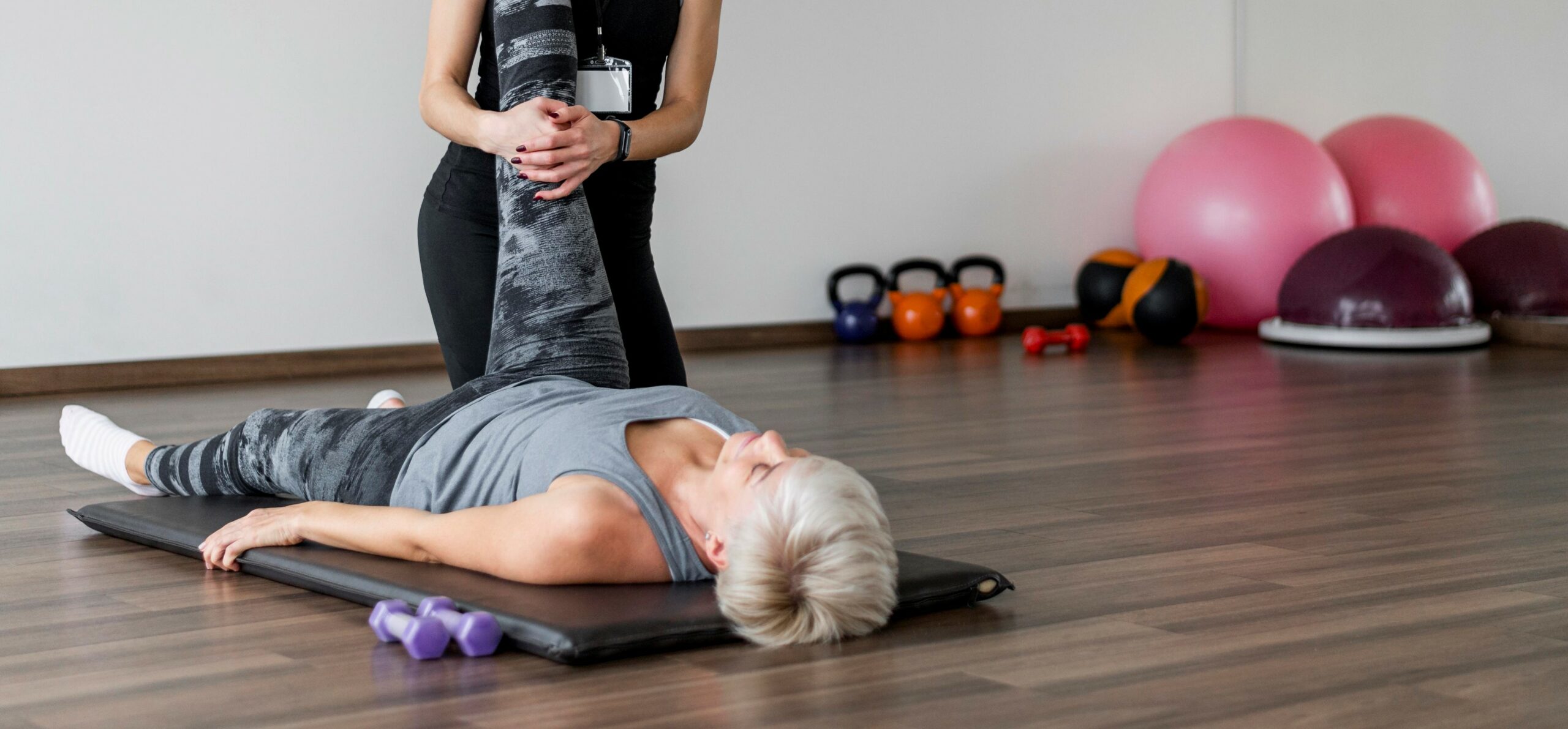
Proper Technique
Mastering the right technique can be the difference between a waste of time and meaningful strength gains in weightlifting. So, let’s dissect the 3-Point Dumbbell Row into its core elements:
1. Starting Position
Position yourself beside a sturdy bench. Place your right knee and right hand on the bench, keeping your back flat and parallel to the ground. Your left foot should be planted firmly on the floor, slightly behind your torso.
2. Executing the Row
In your left hand, grip the dumbbell with purpose. The action begins by retracting your shoulder blade. Now, initiate the row by pulling the dumbbell towards your hip, engaging those lats and rhomboids.
3. Proper Breathing
Oxygen plays an underrated role here. Inhale as you lower the dumbbell, and exhale powerfully as you pull it upwards. The proper breathing technique helps maintain core stability throughout the movement, enhancing the benefits of compound exercises like this one.
4. Maintaining Form
Keep your elbow close to your body during the pull. Watch that back—keep it straight, not arched or rounded. It’s about quality, not quantity. A few well-executed reps beat a dozen sloppy ones.
Common Mistakes to Avoid
Listen up; I’ve seen my fair share of dumbbell row blunders.
Avoiding common pitfalls not only amplifies your progress but also safeguards you against unnecessary risks.
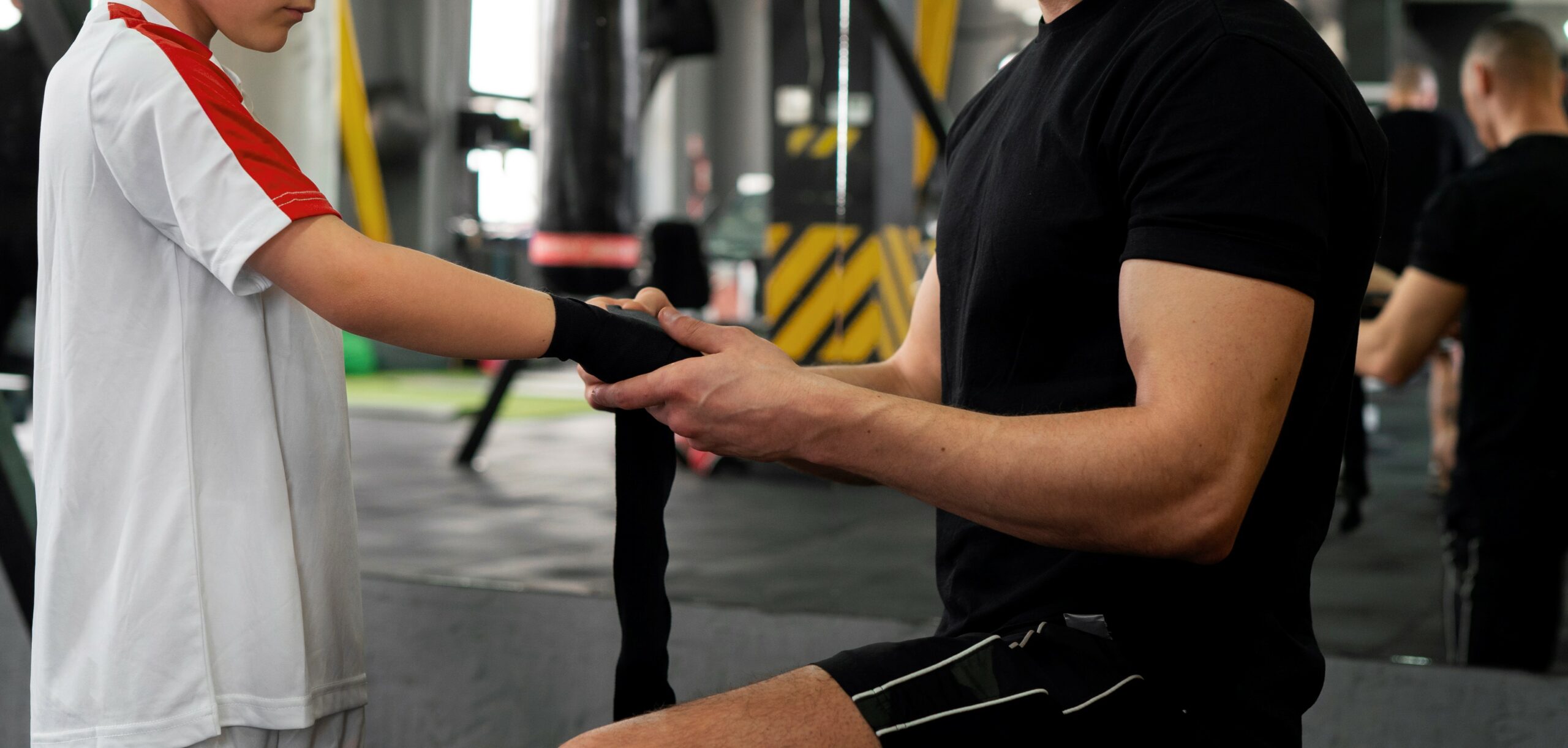
1. The Hunchback No-No
Rounding your back is like sending an open invitation to injury.
Maintain that back muscle workout posture; think flat as a plank.
2. Yank and Crank
Believe it or not, this isn’t a tug-of-war.
Jerking the weight disrupts your weightlifting posture and places unnecessary stress on your joints.
3. Elbow Flaring
If your elbow is sticking out like a hitchhiker’s thumb, you’re doing it wrong.
Keep that elbow snug against your body to engage the correct muscles worked during rows.
4. Weight Too Heavy or Too Light
Remember Goldilocks? Be like her.
Pick a dumbbell that’s not too heavy, not too light, but just right for you.
5. Ignoring the Core
This isn’t just an upper body workout; it’s also one of the core stability exercises in disguise.
If your core is as loose as a bag of marshmallows, you’re not getting the full package.
Averting these common mistakes will not only turbocharge your 3-Point Dumbbell Row performance but also mitigate the risk of injuries.
Variations and Progressions
Stuck in a fitness rut? Variety is your best ally.
The 3-Point Dumbbell Row can be as flexible as a yoga instructor.
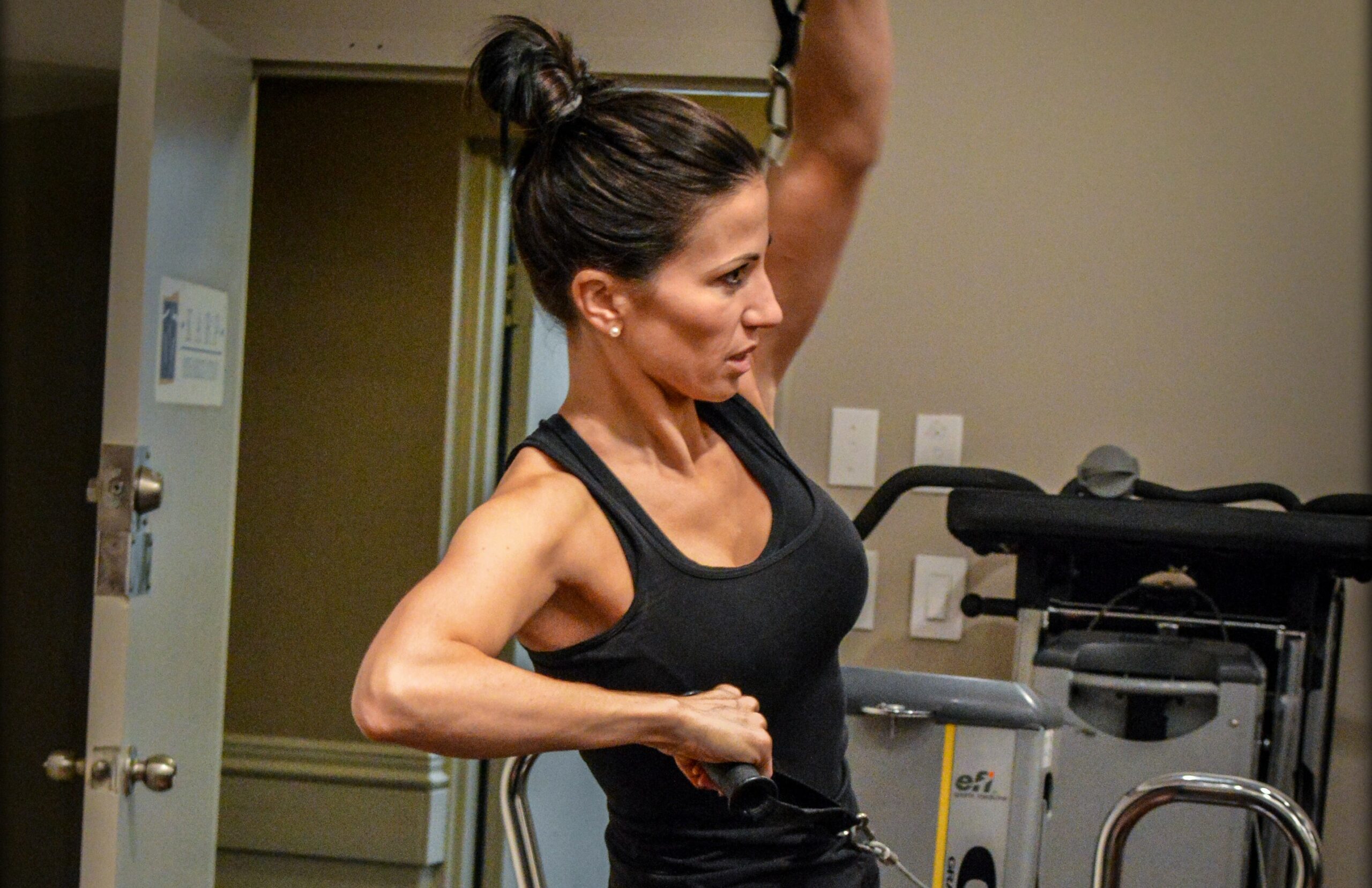
Let’s go beyond the standard technique and dive into some progressive overload in strength training and useful dumbbell row variations.
- Weight Increment: The most straightforward progression. Add more weight incrementally as you grow stronger.
- Tempo Training: Row the dumbbell up quickly but lower it down at a slower pace, maybe over 3-4 seconds. Trust me, your muscles will feel that.
- Isometric Holds: At the top of your row, hold for a couple of seconds before descending. Tension’s the name of the game here.
- Unilateral Rows: Turn up the core engagement in rows by lifting both dumbbells simultaneously without bench support. But stability is crucial; don’t compromise form.
- Inverted Rows: Use a TRX band or barbell to pull yourself up, targeting the same muscle groups. This one brings bodyweight into play, so it’s a fantastic alternative if dumbbells aren’t your thing.
Spice it up, and you’ll be less likely to hit a plateau while keeping your back muscle workouts dynamic.
Safety Precautions
In the gym, confidence is key, but overconfidence? That’s a trip to Snap City—population: you.
No amount of muscle is worth risking your health, folks.
Here are some exercise safety guidelines you’d be wise to follow:
- Equipment Inspection: Before you even touch that dumbbell, make sure it’s in good condition: no loose plates or wobbly benches.
- Spotting: Especially if you’re going for heavier weights, have someone keep an eye out for you. That’s just good fitness equipment safety.
- Footwear: Non-slip shoes are your friend. You don’t want to be that guy who loses his balance and becomes the gym’s cautionary tale.
- Consult a Pro: This is huge. If you have any medical conditions or concerns, get the nod from a healthcare professional first. No exceptions.
Sample Workout Routine
Ready to slot the 3-Point Dumbbell Row into your regular workout regimen? Consider this balanced workout routine, aimed at making you a paragon of upper-body strength:
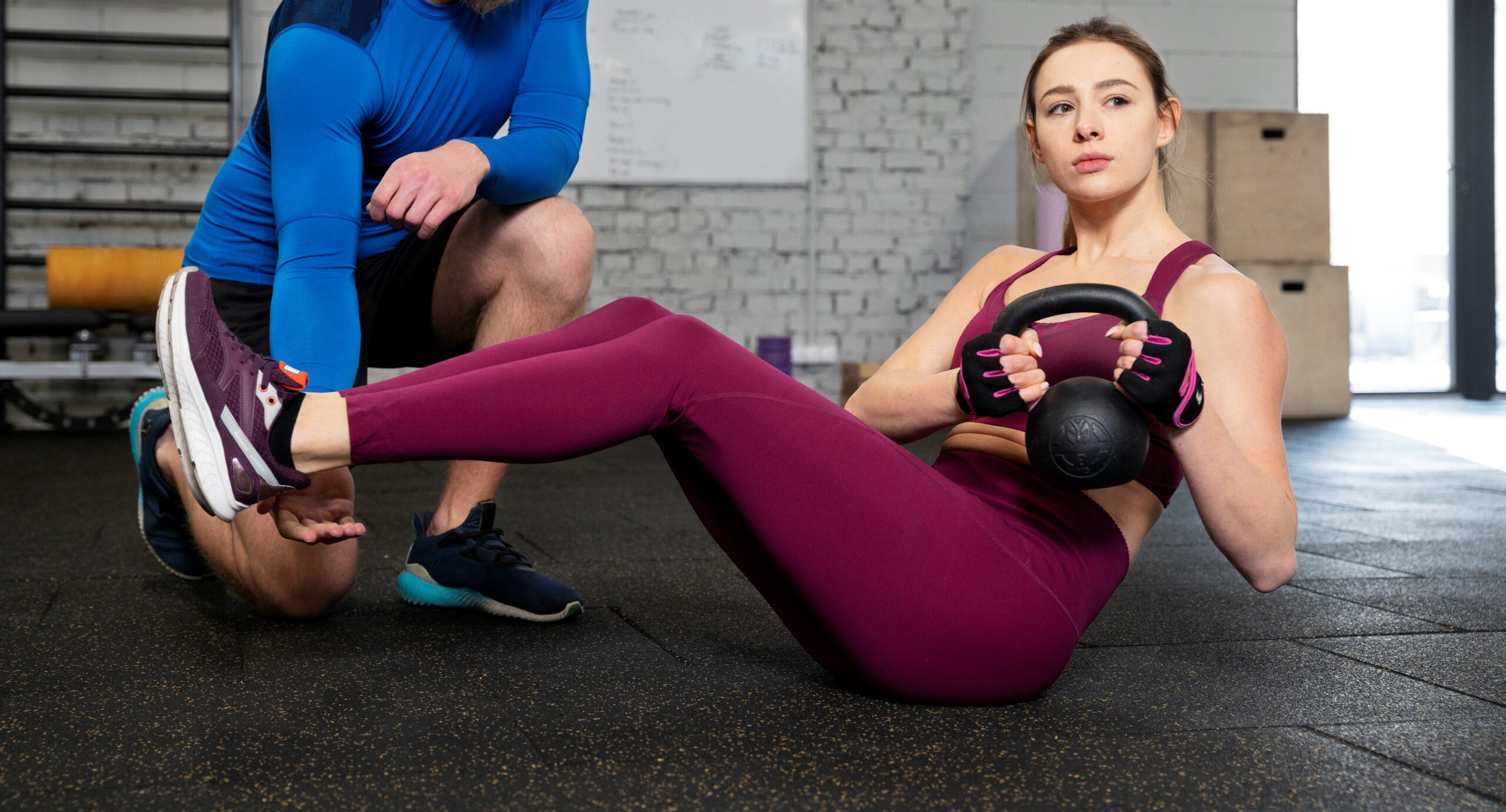
- Warm-up: 5-minute jog or skipping rope
- Bench Press Technique: 4 sets of 8-10 reps — focus on proper weightlifting posture
- 3-Point Dumbbell Row: 4 sets of 10-12 reps each side — key to back muscle workouts
- Leg Press: 3 sets of 10 reps — can’t neglect the lower body, can we?
- Core Stability Exercises: Plank for 3 sets of 40 seconds — amps up your core strength
- Resistance Band Pull-Apart: 3 sets of 15 reps — an excellent finisher for your upper back
- Cool Down: Stretching and deep breathing for 5 minutes — don’t underestimate the power of a good warm-down. You’re not a machine; give your body a chance to transition back to a rest state.
You’ve got the know-how; all that’s left is action.
Whether it’s through gains in the mirror or numbers on the dumbbell, progress will come.
Remember, fitness is a marathon, not a sprint.
Frequently Asked Question
Question: Where can I find the most comprehensive guide to the 3-Point Dumbbell Row?
Answer: The best place to find a comprehensive guide to the 3-Point Dumbbell Row is on the website of Vancouver personal trainer T-Squared Fitness. The article, titled “3-Point Dumbbell Row Complete Guide,” covers everything you need to know about this exercise, including how to perform it properly, common mistakes to avoid, and variations to make it more challenging or easier.
Wrap Up
Alright, let’s tie up this knowledge fest.
The 3-Point Dumbbell Row isn’t just another line item in your fitness routine; it’s a transformative powerhouse.
It opens doors to a host of benefits, from back muscle workouts that rival those of bodybuilding techniques to invaluable core strength gains.
Need more encouragement?
Picture yourself six months from now—stronger, fitter, and more confident, all thanks to a balanced workout routine that includes exercises like the 3-Point Dumbbell Row.
So, seize the day, Vancouver pros!
Ready to elevate your fitness game? Come find your strength with T-Squared Vancouver Personal Training.
Our programs are individually crafted to meet your unique needs, from weightlifting posture improvements to resistance training benefits that will revolutionize how you feel every day.
Your future self will look back and thank you for the decision you’re about to make.
So go ahead, book a session now, and let’s get rowing!
